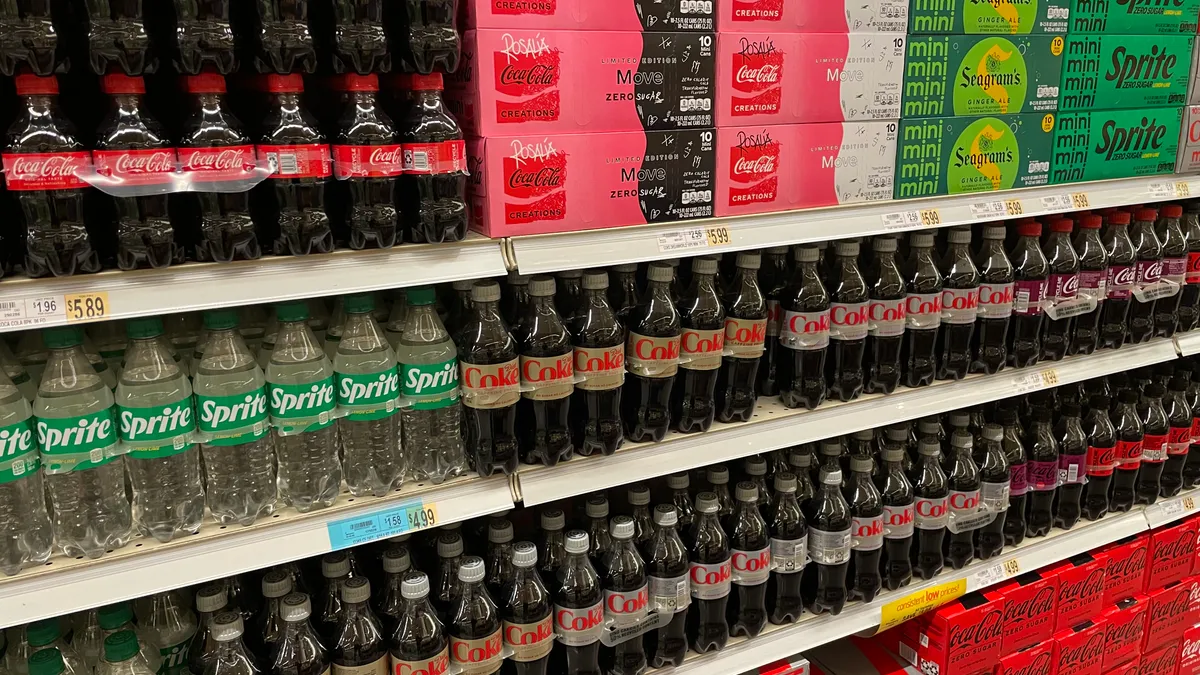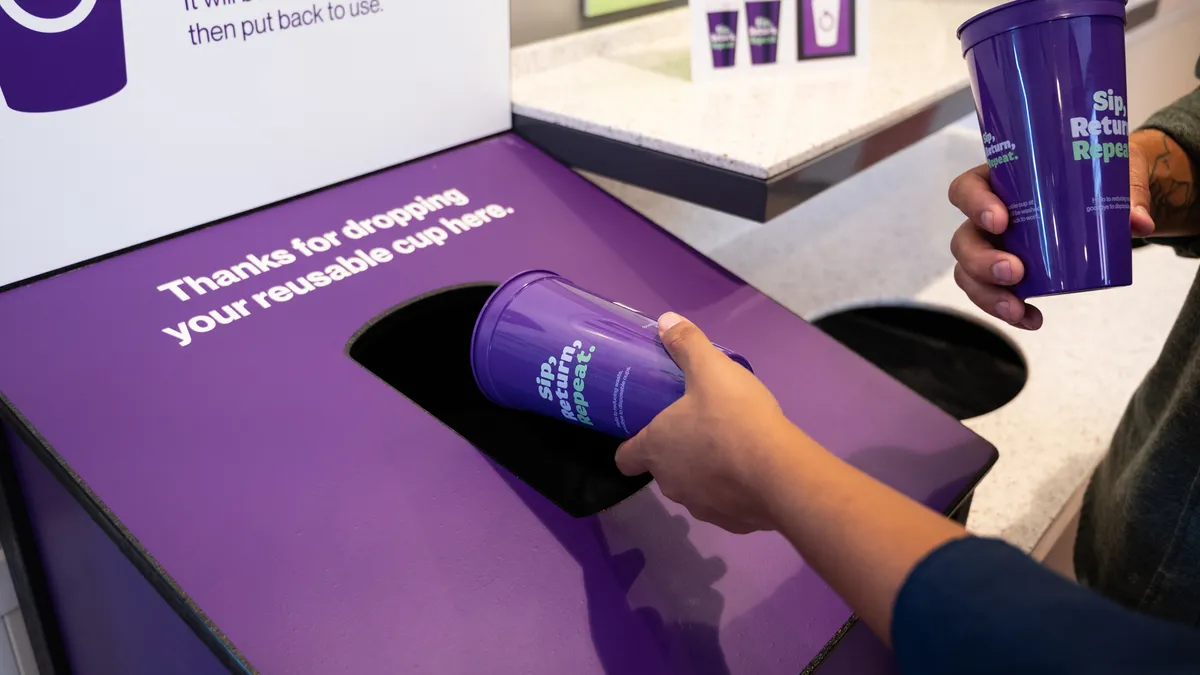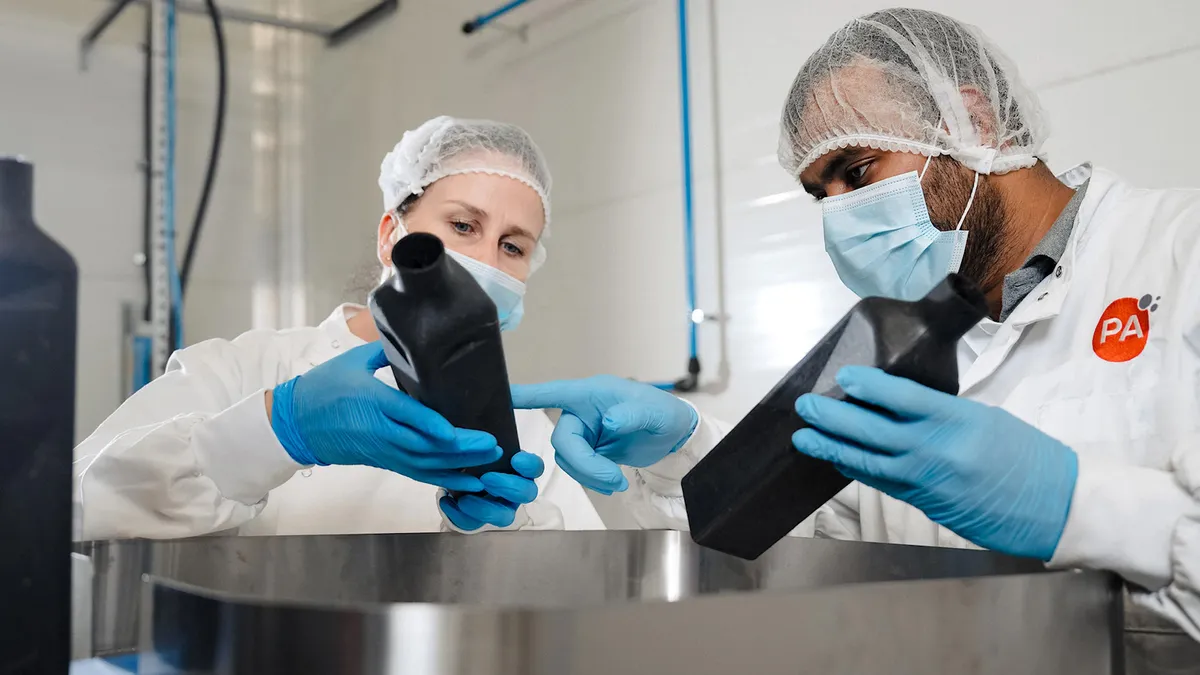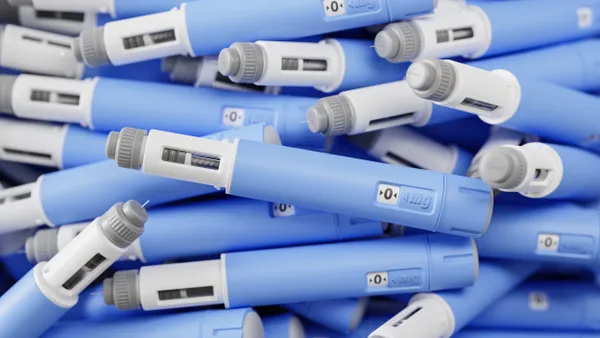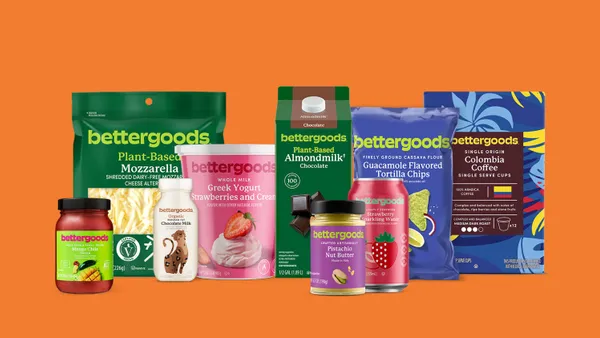One possible side effect of tariffs? Shape-shifting packaging.
Speaking to Wall Street analysts Tuesday, Coca-Cola CEO James Quincey said the beverage company might adjust its packaging mix in response to rising costs. In particular, this could mean deemphasizing aluminum cans and using more plastic.
“If one package suffers some increase in input costs, we continue to have other packaging offerings that will allow us to compete in the affordability space,” he said during the company’s earnings call. “So for example, if aluminum cans become more expensive, we can put more emphasis on PET bottles, etc., etc.”
President Donald Trump this week announced 25% tariffs on aluminum and steel imports that will take effect March 12. U.S. can manufacturers worry that, without exemptions, this will raise their costs, and consumers will ultimately pay more for canned goods too. Trump last week also planned various tariffs against China, Canada and Mexico.
Still, Quincey tried to put the cost impact and Coca-Cola’s ability to mitigate it into perspective.
“I think we are in danger of exaggerating the impact of the 25% increase in the aluminum price relative to the total system. It is not insignificant, but it is not going to radically change a multibillion-dollar U.S. business,” he said. “It would be better not to have it ... but we are going to manage our way through.”
Coca-Cola’s exposure to aluminum and steel is a little more than a quarter of the company’s packaging mix, as of 2023. Meanwhile, if Coca-Cola moved more product into plastic, it would expand a substrate that already accounted for nearly half of its packaging.
In Coca-Cola’s earnings release on Tuesday, the company also highlighted the growing role of “affordable and premium” returnable glass bottles in its portfolio in international markets. Coca-Cola reported that in 2024 it added 1.6 billion “unit cases” in that format to total company volumes — the growth rate for RGBs outpaced total company volume growth.
“In 2018, the company launched a universal returnable glass bottle in Latin America, aimed at further reducing input costs, increasing collectability and expanding beverage offerings,” the company wrote. “The universal bottle has quickly expanded to markets around the world, including Germany, South Africa and Vietnam, with more opportunities ahead.”
It’s already a key away-from-home offering in Western Europe, the company said. And in emerging markets, RGBs help Coca-Cola “recruit consumers and develop the commercial beverage industry,” it said.



